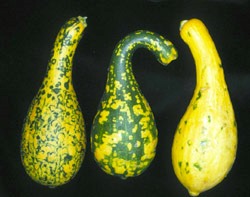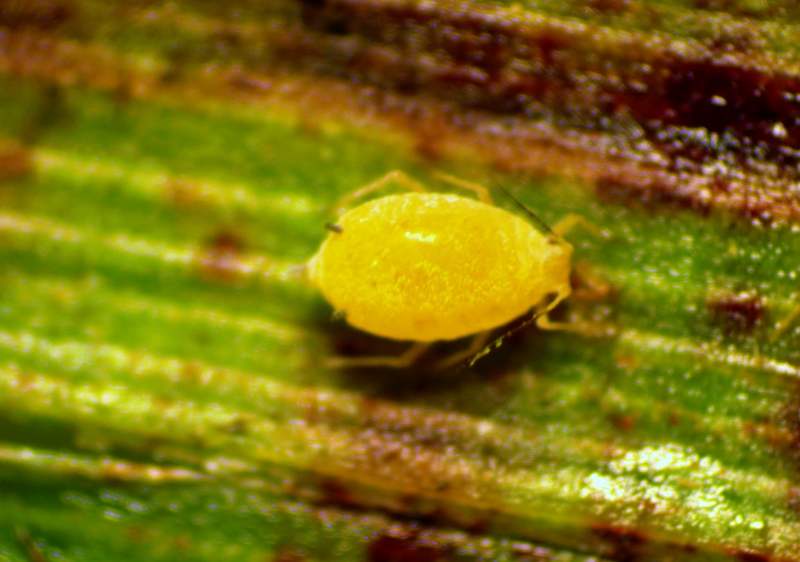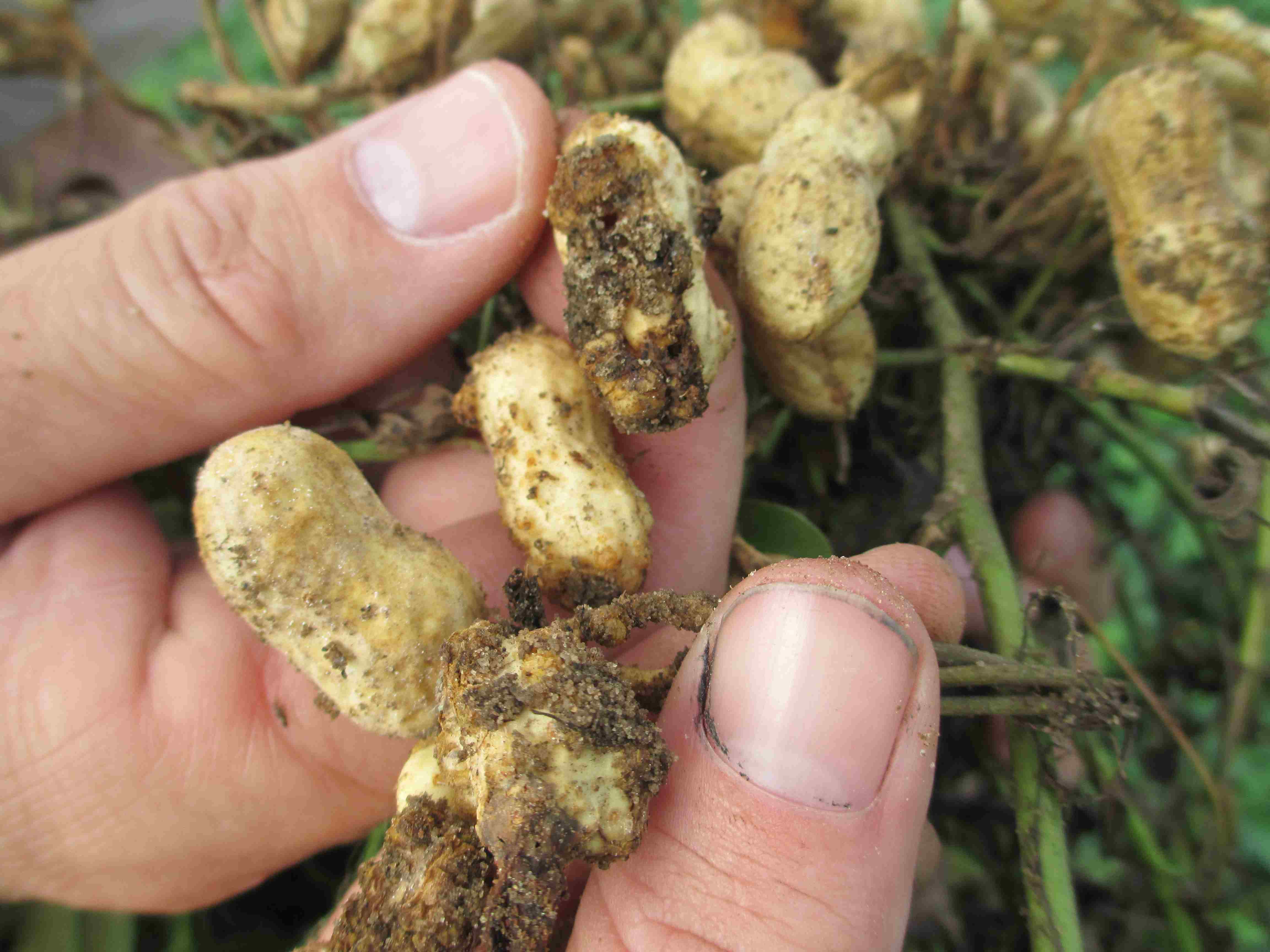by Doug Mayo | Sep 19, 2014
OPERATION CLEANSWEEP 2014 Statewide Pesticide Pick-up The purpose of Operation Cleansweep is to offer a safe, convenient, and cost effective mechanism for agricultural operations, golf courses, and pest control companies to properly dispose of canceled, suspended, and...

by Josh Freeman | Sep 12, 2014
While this might be a good thing if you’re growing zucchini, it’s not a good thing if you’re growing yellow squash. If this is the case, chances are you’ve got a virus disease in your squash. This is a very common problem in fall produced cucurbits, especially...

by Michael Donahoe | Sep 12, 2014
A new aphid pest of sorghum has rapidly spread throughout north Florida this summer. Last year the white sugarcane aphid was reported causing damage in Texas, Louisiana, and in the western part of Mississippi. It has now moved eastward into Alabama, north Florida, and...

by Libbie Johnson | Sep 12, 2014
At this time of year, most producers are thinking about finishing their peanut crops and harvesting, but because of the late start to the season, there are still some management decisions left to be made. Northwest Florida has not had steady rains the past 6 weeks,...

by Josh Thompson | Sep 12, 2014
A hot and dry summer for many Panhandle farmers has given no relief from pests this year. Peanut root-knot nematodes (Meloidogyne arenaria) are no an exception. Damage from nematodes has been severe in many areas of Jackson County where the fields are very sandy....
by jferrell | Sep 5, 2014
Jay Ferrell and Brent Sellers, Extension Weed Specialists Prickly pear cactus is a not a wide-spread problem in Florida pastures, but can be a serious challenge to control, once it gets established. It can be particularly troublesome in pastures that are regularly...




